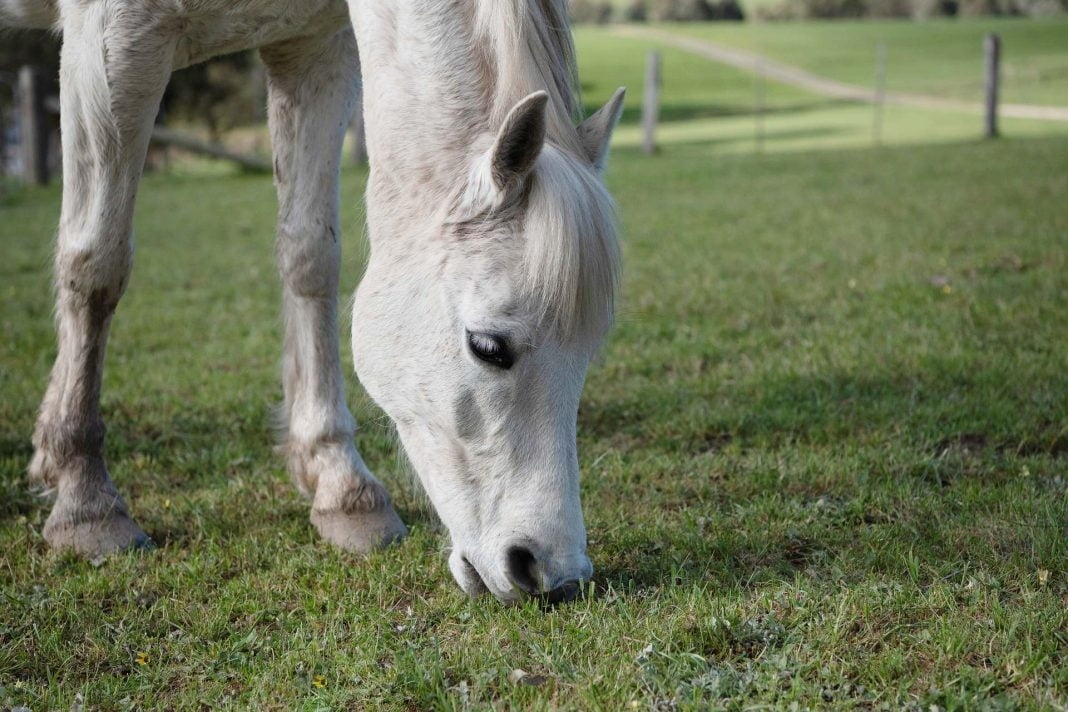Menu

Is your horse in the risk of laminitis? Then you should pay special attention over the next years. Around the globe temperature is rising and even though it might be nice sometimes, it can have consequences for our horses. Especially when the grass gets really green, and the amount of sugar is rises - this combined raises the risk of laminitis.
The global warming contributes to more laminitis among horses, scientists explain accroding to this research study that we have looked into: Effects of Elevated Carbon Dioxide on Photosynthesis and Carbon Partitioning: A Perspective on Root Sugar Sensing and Hormonal Crosstalk.
Climate change means variation in nature. Starch, sugar and protein in the grass types C3 and C4 have risen remarkable. This is the case with especially C3 grass which grows in colder weather for example in the Nordic countries and Northern Europe. The average increase in starch, sugar and protein is 19 % - this puts more horses in the risk of laminitis.
In a press release already from 2017 the feeding company Spillers warned horse owners of the risk of laminitis. They wrote:
In the following years laminitis can be the greatest threat for the health of horses. Climate is changing, and seasons start to overlap. Milder and wetter winters followed by more unpredictable summers leads to floods or droughts. All this can be damaging to our horses and ponies.
Horses and ponies are built to eat a variety of different grass, plants and bushes which normally have a low amount of nutrition and less sugar. But the type of grass in the fields today are often C3 and C4. They have a much higher nutritional level. With our milder winters, the grass will grow most of the year. Research indicates that the nutrition in winter grass is now very similar to the spring- and summer grass.
These mild seasons and similar grass all year long can affect our horses. Laminitis is a negative consequence of this change because your horse is now able to be affected by the disease all year round.
Clare Lockyer, nutritionist and lead researcher and developer at Spillers says:
”Do not ignore the signs from your horse or pony such as a chesty neck, sore hoofs or change in the shape of the hoof. All these are warning signs. If you do not act on it, it can have huge consequences for your horse.”
If you believe that your horse is in the risk of laminitis it is sensible to provide it with a feed with a high amount of fibre, and low anount of sugar, calories and starch and make sure your horse is exercised regularly.
Should your horse display signs of lamitis contact your vet immediately.